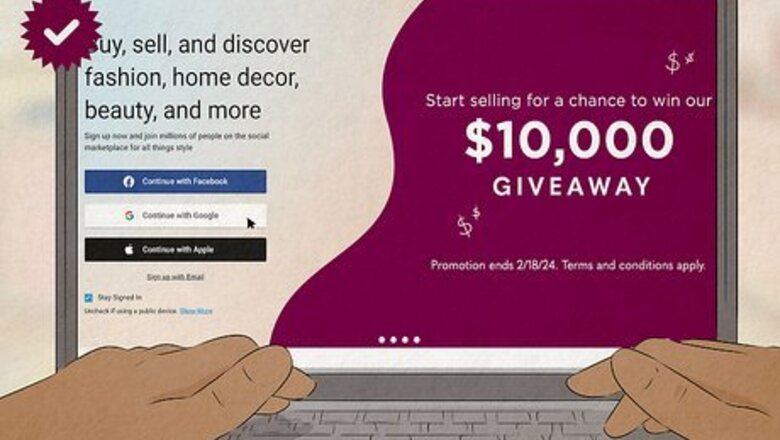
views
- Poshmark is a legitimate and reputable online platform for buying and selling second-hand items.
- There is, however, some risk of encountering untrustworthy buyers or sellers on the website, as is the case for many online marketplaces.
- To protect its users, Poshmark has implemented several measures, such as Posh Protect, Posh Authenticate, and buyer/seller verification.
Is Poshmark Legitimate?
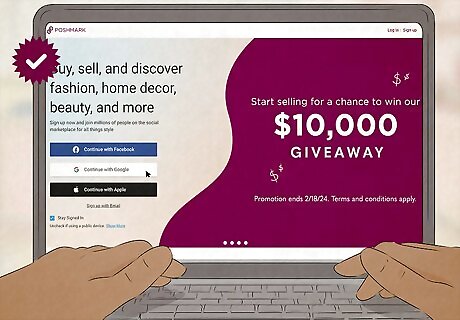
Yes, Poshmark is a legitimate online platform for buying and selling items. The company was founded in 2011, so it has been in business for over a decade. In the time since its founding, Poshmark has grown into a popular online marketplace for buying and selling second-hand fashion items, home decor, and beauty products. It currently has 80 million registered users in the U.S., Australia, and Canada. If you love sustainable fashion and shopping at thrift stores, you just might love Poshmark!
Are there any risks to shopping on Poshmark?

As with all online marketplaces, there are a few risks to shopping on Poshmark. Though Poshmark itself is a reputable and trustworthy platform, there’s always the possibility of untrustworthy buyers or sellers. If you’re a buyer, for example, a possible issue could be receiving an item that looks different from what the seller advertised. If you’re a seller, a buyer could claim that an item was damaged or incorrect, when you know it wasn’t. These kinds of issues are possible for various online marketplaces, such as Facebook Marketplace, ThredUp, and DePop. Luckily, Poshmark has systems in place to protect users and prevent misunderstandings. These include Posh Protect, Posh Authenticate, and security measures to verify that buyers and sellers are legitimate.
How does Poshmark protect buyers and sellers?
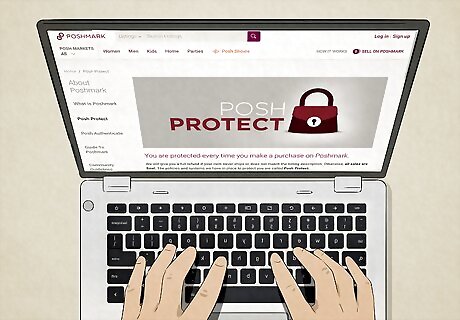
Posh Protect Posh Protect is Poshmark’s protection policy for users who make purchases on their website. The policy states that Poshmark will issue a full refund if you receive an item that doesn’t match the seller’s description. Once you receive an item, you have 3 days to report any issues, and you’ll need to provide photos for Poshmark to verify the problem. If Poshmark approves the return, they’ll send a return label for you to send the item back to the seller, and they’ll issue a full refund. Poshmark’s return policy covers damage that the seller did not disclose, incorrect or missing items, inauthentic items, or items arriving not as described. The policy does not cover items that don't fit, that you’ve changed your mind about, or items that were traded or paid for outside of the Poshmark platform. Poshmark does not issue refunds for these issues, though you can try to resell the item on Poshmark yourself. If you don’t report an issue within 3 days of receiving your order, your payment will automatically be released to the seller, so be sure to report any problems in a timely manner!
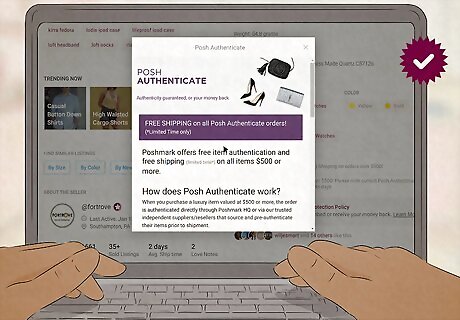
Posh Authenticate For items priced over $500, Poshmark offers a free authentication service. This protects you from buying any fake or counterfeit items. When you place an order for an expensive luxury item, it will either be pre-authenticated by one of Poshmark’s trusted suppliers (who have been thoroughly vetted), or the item will be sent to Poshmark HQ for authentication before making its way to you. At Poshmark HQ, luxury experts thoroughly inspect the item’s logos, material, tags, and quality to ensure that it’s real. Poshmark will then send the item to you, along with a certificate of authenticity.
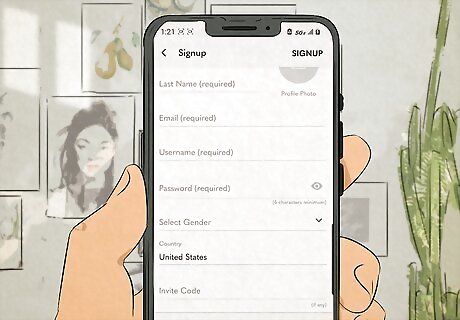
Verifying buyers and sellers When buyers and sellers create accounts on Poshmark, they need to provide personal details like their phone number, email, and home address. Poshmark also prompts users to perform identity verification checks when making purchases, requesting refunds, or changing information on their account. This process requires a government-issued ID, as well as a potential facial recognition scan. These measures prevent fraud and ensure that buyers and sellers are real, legitimate users.
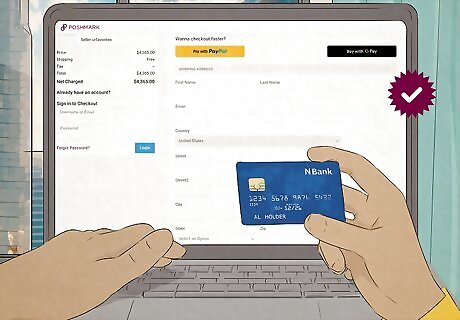
Secure payments On its website, Poshmark assures users that all transactions conducted through the platform are safe and secure. Your personal payment information is encrypted, and it is never available to individual sellers on the platform. Additionally, your payment isn’t released to the seller until you’ve confirmed that you received the item. These measures ensure that you can feel confident about the security of your transactions through Poshmark.
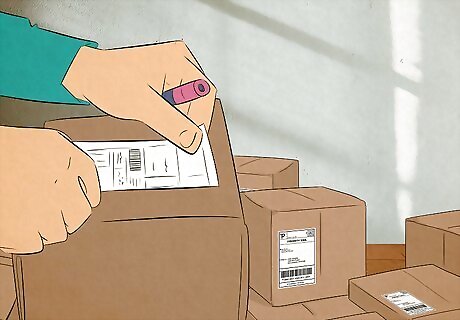
Prepaid, pre-addressed shipping labels When you sell an item, Poshmark provides you with a prepaid, pre-addressed USPS shipping label to send the package to the recipient. If USPS scans this label into their tracking system, your transaction is completely protected, even if the package is lost in transit. As soon as the package is scanned into the USPS system, you and your buyer will both receive an email from Poshmark with tracking information. Once the order is delivered to your buyer, you can redeem their payment through Poshmark in the form of a direct deposit or check.
How to Use Poshmark Safely & Avoid Scams
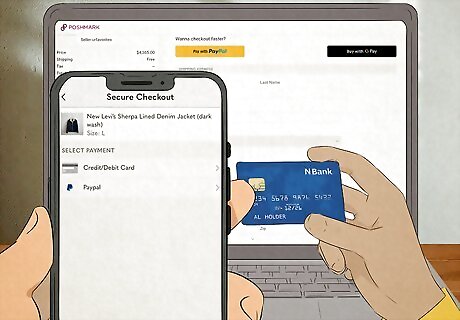
Conduct all of your transactions on the Poshmark website or app. All transactions conducted through Poshmark are protected by Posh Protect, but transactions conducted outside of the platform are not. This means that Poshmark would be unable to issue a refund if there’s an issue with your order or the seller. For this reason, it’s definitely a red flag if a seller asks you to pay them through another platform, like Venmo, Zelle, Cash App, or a bank transfer. This stands for other online marketplaces, such as DePop or ThredUp, as well. Dishonest sellers often try to get people to pay outside of these platforms, instead requesting that you pay through less secure methods like wire transfers. This makes it harder for you to get your money back when the order goes wrong. To ensure that you’re buying safely online, conduct all transactions directly through the online marketplaces themselves.
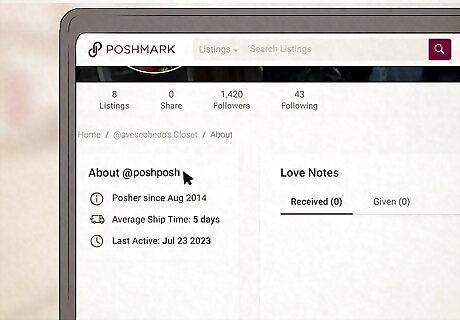
Look at the seller's profile before purchasing an item. When you click on a seller’s profile on the Poshmark website, you’ll be able to see valuable information that can help you determine whether or not they're trustworthy, including how many followers they have, and reviews from customers. Before making a purchase, visit the seller’s profile and check out this information. If they have a large amount of followers and positive reviews from customers, there’s a good chance they’re legit!
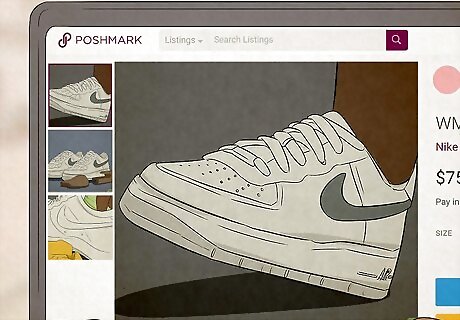
Pay close attention to the photos of the item. If the seller has only posted photos of the item from the retailer’s website, instead of personal photos of the item, this could be a red flag. Ask them to provide a photo of the item itself, so that you can assess its condition (and make sure the seller actually has it in their possession!).
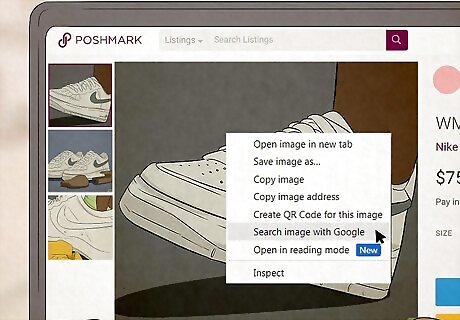
Check prices for items on other websites. If the price of an item looks a little high, check the original brand’s website and other reselling sites. This helps you get a sense of the item’s value. Some sellers even try to scam buyers into buying items at almost full price, when they’re actually available in the sale section of the original retailer’s website! If you know the name of the item, enter it in the search bar of the retailer’s website to check its price and see if it’s on sale. If you don’t know the item’s name, use a reverse image search on Google to find it.
Common Scams to Watch Out For
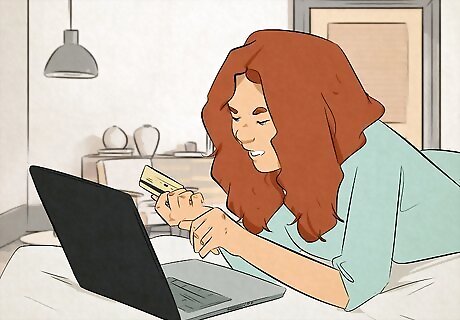
If you’re a buyer: Off-platform transactions: A seller may ask you to send payment via Venmo, Zelle, or bank transfer, rather than paying directly through Poshmark’s website. If you complete the transaction this way, Poshmark can’t issue a refund or help you troubleshoot, even if the item never arrives or is not as described. Asking for your financial info: When you make a payment on Poshmark, your sensitive financial data (such as your credit card number) is not visible to the seller. If the seller asks you to send this information directly to them, it could be a scam to gain access to your accounts. Counterfeit items: Dishonest sellers may try to pass off counterfeit items as luxury pieces. Due to Poshmark’s authentication process, the risk for this is pretty low, but it’s still possible. Luckily, if you receive a counterfeit item, you should be able to get a full refund.

If you’re a seller: Switching scam: Dishonest buyers may order an expensive, luxury item from you, then start the process for a refund. Instead of sending the real item back to you, however, they replace it with a counterfeit and send that back. Intentionally damaging an item: Poshmark doesn’t issue refunds for items that don’t fit, or that buyers change their mind about. Because of this, buyers might intentionally ruin pieces (and say that they arrived in this damaged condition) in order to get their money back.














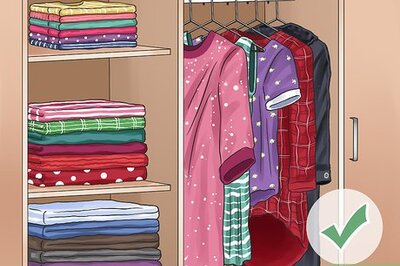


Comments
0 comment